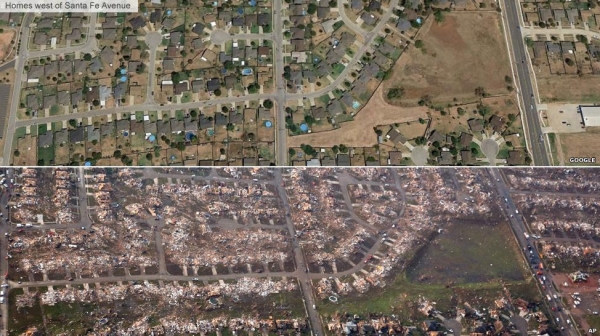
Nevertheless, advancements in airborne technology will improve disaster response. One emerging technology that can prove vital to disaster response efforts is the use of unmanned aerial vehicles (UAVs). Unmanned aerial vehicles can be light weight, portable, quiet, and versatile; qualities that can prove invaluable to search an rescue missions. UAVs provide the flexibility to be launched quickly from any location and the data gathered can be transmitted real time to first responders on the ground. There is a lot of excitement about the inclusion of UAVs in search and rescue, but regulatory issues, privacy concerns, and media portrayal continue to halt progress.
One sensor that can provide invaluable assistance to search and rescue efforts is the infra-red sensor or IR sensor. An IR sensor is a special sensor that can detect the light in the IR region of the electromagnetic spectrum. IR energy is not visible to the human eye making it beneficial for night operations. IR sensors are also sensitivy to heat which makes them ideal in identifying a human heat signature. Mrs. Kelly discusses how a Canadian UAV with an IR sensor was able to search and track a man whose car had rolled off the road into the forest. The incident is living proof of the potential benefits of unmanned systems, but privacy issues remain a controversial topic. The article goes on to discuss how privacy concerns are mounting in regards to unmanned systems, and how potential applications for unmanned systems continue to attract more enthusiasts. Mrs. Kelly's article seems to advocate for the use of unmanned systems and does a great job presenting examples that support her position.

References
Chilton, A. (2014, October 15). The working principle and key applications of infra-red sensors. Retrieved from http://www.azosensors.com/article.aspx?ArticleID=339
Kelly, H. (2013, May 23). Drones: The future of disaster response. CNN. Retrieved from http://www.cnn.com/2013/05/23/tech/drones-the-future-of-disaster-response/
No comments:
Post a Comment